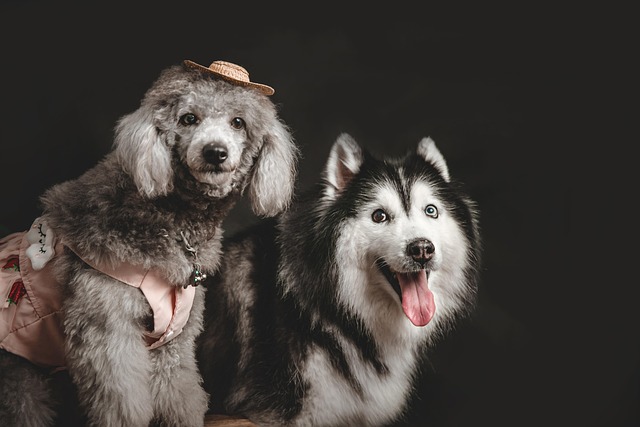
How can I tell if my dog's heatstroke is serious
Let’s be real: It’s a sticky August morning in Los Angeles, and you took your 2-year-old Golden Retriever, Max, for a walk a little later than usual
Extra weight can strain your dog’s joints and raise their risk of diabetes, so starting a home weight loss plan needs small, consistent steps. Swap high-calorie treats for fresh veggies like carrots or green beans—most dogs love the crunch, and it cuts down on empty calories without making them feel deprived. If you take them to community dog parks, keep play sessions active (think fetch or tug-of-war) instead of just letting them lounge—this turns fun time into exercise that burns fat.
Portion control is non-negotiable, but don’t guess—use a measuring cup for every meal, and check the food bag’s feeding guidelines for your dog’s ideal weight, not their current one. For example, a 40-pound Labrador who should weigh 35 pounds might only need 1.5 cups a day instead of 2. Some cities have pet wellness programs that offer free weight checks at local shelters, so take advantage of those to track progress—they can also flag if your dog’s weight loss is too slow or fast.
Turn daily walks into calorie-burning sessions by adding short bursts of speed or changing routes. A 20-minute walk that includes 5 minutes of brisk pacing (keep up with your dog’s natural energy!) burns more than a slow stroll. Just make sure to avoid hot pavement—test it with your hand first; if it’s too warm for you, it’s too warm for their paws, which is also a safety tip many local pet groups recommend.
 Incorporate mental stimulation to prevent boredom eating—puzzle feeders that require them to work for food slow down mealtime and keep their brains busy. You can also hide small portions of their kibble around the house for them to find; this turns feeding into a game that burns extra energy. Avoid giving them table scraps, even if they beg—many human foods (like grapes or chocolate) are toxic, and it also teaches them bad habits that derail weight loss.
Incorporate mental stimulation to prevent boredom eating—puzzle feeders that require them to work for food slow down mealtime and keep their brains busy. You can also hide small portions of their kibble around the house for them to find; this turns feeding into a game that burns extra energy. Avoid giving them table scraps, even if they beg—many human foods (like grapes or chocolate) are toxic, and it also teaches them bad habits that derail weight loss.
Check if your area has any regulations about dog exercise in public spaces—some parks have designated off-leash hours or require dogs to be on a leash at all times, which can affect your workout routine. If you’re unsure, ask your vet or local animal control; they can also recommend safe, dog-friendly spots for walks or play. Consistency is key—stick to the plan for at least 8-12 weeks to see noticeable results, and adjust as needed based on your dog’s progress.
By combining healthy eating, regular exercise, and mental stimulation, you’ll help your dog shed extra weight safely at home. If you don’t see progress after a few months, or if your dog seems tired or uninterested in activities, talk to your vet—they can rule out underlying health issues and adjust the plan to fit your dog’s needs. Keeping your dog at a healthy weight isn’t just good for their health; it also helps them live a longer, happier life by your side.

Let’s be real: It’s a sticky August morning in Los Angeles, and you took your 2-year-old Golden Retriever, Max, for a walk a little later than usual

You're enjoying a summer afternoon at the park when you notice your dog has stopped panting and appears disoriented - their gums are bright red

Let’s paint the picture: You’re in your Denver apartment, watching your 4-year-old Boston Terrier, Ruby, plop down mid-play session with her favorite toy

Many dog owners notice their pets nails seem shorter after regular walks,but how much does this daily activity actually help?The answer depends on where you walk—concrete sidewalks or asphalt streets gently file nails as a dog's paws hit the ground

Most dog owners notice their pup scooting across the carpet at some point, but few connect it to impacted anal glands. These small sacs near a dog’s rectum secrete a scent for marking territory

Most vets agree that regular dog teeth cleaning is key to avoiding painful dental issues later. For healthy adult dogs, a professional cleaning at the vet’s office every 12 to 18 months usually works well.